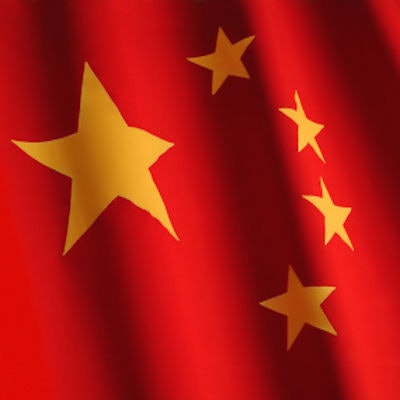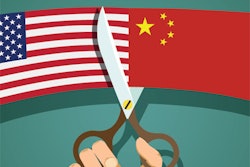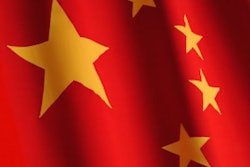
As expected, the Trump administration has formalized its plans to impose tariffs on a wide variety of products manufactured in China. Effective July 6, more than 800 products -- including a range of medical imaging technologies -- will be hit with 25% import tariffs.
After an initial proposal in April to impose tariffs on 1,300 products manufactured in China, the Office of the United States Trade Representative (USTR) announced Friday that it would impose 25% tariffs on 818 product lines. The updated list continues to include technology from most of the major medical imaging modalities:
- CT apparatus based on the use of x-rays
- Apparatus based on the use of x-rays for medical, surgical, or veterinary uses (other than CT apparatus)
- Ultrasonic scanning electrodiagnostic apparatus used in medical, surgical, dental, or veterinary sciences
- MRI electrodiagnostic apparatus used in medical, surgical, dental, or veterinary sciences
- Scintigraphic electrodiagnostic apparatus used in medical, surgical, dental, or veterinary sciences
- Apparatus based on the use of alpha, beta, or gamma radiations for medical, surgical, dental, or veterinary use
- X-ray tubes
- Radiation generator units
- Radiation beam delivery units
- X-ray generators, high-tension generators, desks, screens, examination or treatment tables, and chairs and similar apparatus, not elsewhere specified
- Parts and accessories of x-ray tubes
- Parts and accessories of apparatus based on the use of x-rays
- Parts and accessories of apparatus based on the use of alpha, beta, or gamma radiations
A second list of 284 product lines, which does not specifically include any medical imaging technologies, will undergo further review in a public notice and comment process before the federal agency decides whether or not to proceed with tariffs.
The action heats up a trade war between the U.S. and China that had appeared to cool off after negotiators reached a tentative deal in May to reduce the trade imbalance. However, the U.S. government announced on May 29 that it had resumed its plans to levy the tariffs in order to address a range of grievances against Chinese trade practices.
The USTR said it made its determination on the tariffs after having sought and received views from the public and advice from appropriate trade advisory committees. However, the tariffs on medical devices have been opposed by the Medical Imaging and Technology Alliance (MITA), which recently applauded a bipartisan letter from members of Congress requesting that U.S. trade representative Robert Lighthizer exempt nearly $3 billion worth of medical technology products manufactured in China from the Section 301 tariff.
In its statement, MITA noted that many components of medical products, including those of medical imaging devices, are imported from manufacturers in China to facilities in the U.S. for final production. Taxing these devices on both ends of a company's supply chain could reduce incentive to manufacture such products in the U.S., according to the organization.
The National Electrical Manufacturers Association (NEMA) has also spoken out against the tariffs, saying they would cause collateral damage to U.S. manufacturers because many vendors either produce their own products in China or source finished goods and components from contractual partners in China.
The USTR left open the possibility of further adjustments to the tariff list, however. In its statement on Friday, the federal agency said it also recognizes that some U.S. companies may have an interest in importing items from China that are covered by the additional duties. As a result, it will soon provide an opportunity for the public to request the exclusion of particular products. More details on this process will be published within the next few weeks in the Federal Register, according to the USTR.



















